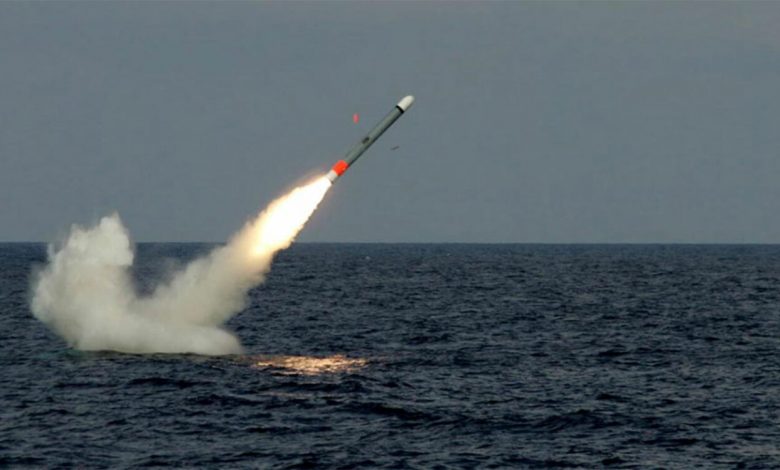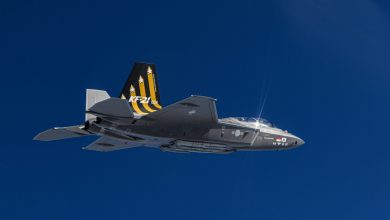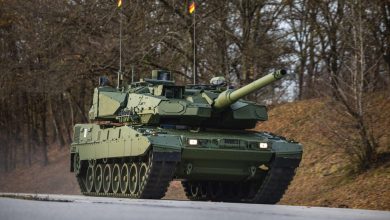German Navy Considers Tomahawk Missile for ‘Inland Strike’ Capability

The German Navy is considering arming its warships with the Tomahawk cruise missile.
It is part of an effort to enhance the German naval fleet’s combat power in light of current developments, including the Ukraine war.
“We are currently examining the possibility of equipping our naval units with Tomahawks. And that doesn’t look bad at all,” Hartpunkt quoted Inspector of the German Navy, Vice Admiral Jan Christian Kaack, as saying.
No further details of the development have been shared. However, the fleets of Class 123 and Class 124 frigates could be equipped with the capability, the German outlet wrote, citing sources.
The Raytheon missile is already a part of the arsenal of the future Type 127 frigate of the German Navy.
Only a handful of world navies operate the missile, such as the US Navy and the Royal Navy.
Furthermore, the US State Department approved the sale of up to 175 Tomahawk land attack cruise missiles to the Netherlands last month.
Inland Strike Capability
The recent development was accompanied by the presentation of the German Navy’s “Course Marine” strategy, which calls for a better “inland strike” capability.
“In the Baltic Sea, the Navy makes an important contribution to cross-dimensional operations with its maritime strike [inland strike] capabilities and supports the other branches of the armed forces,” Hartpunkt wrote quoting Kaack.
“It will be ready to eliminate long-range enemy weapon emplacements (anti-access/ area denial threat) on land in the event of a defense from the sea.”
Currently, the German Navy’s Class 130 corvettes, armed with the RBS 15 anti-ship missile, can be theoretically deployed for inland strikes.
However, the Saab missile’s maximum range of around 300 kilometers (186 miles) pales in comparison to the Tomahawk Block IV’s range of 900 nautical miles (1,667 kilometers/1,038 miles).
Additional Requirements
The Course Marine strategy calls for enhancing the inland strike capability of all relevant naval platforms, especially submarines.
To do so, the platforms are required to be integrated with modular, containerized weapon systems.
It also necessitates the expansion of the quantity of available ammunition, according to the strategy.
“These will be supplemented by fast, difficult-to-spot, even unmanned platforms above and below water,” Hartpunkt quoted the Course Marine strategy.
“This allows for effective action from short and medium ranges, significantly reducing an adversary’s reaction time.”
Meanwhile, Kaack announced that the navy would soon acquire the BlueWhale autonomous underwater vehicle, which was tested by the service in 2024.
Additionally, all the relevant German naval platforms will be equipped with unmanned platforms.





